Maybe you’ve had your camera for some time, but have never gotten around to looking at custom shooting modes. That was me too, and as they can be useful tools, I thought that we should spend some time talking about them.
What is a Custom Shooting Mode?
Perhaps when you look at your camera mode dial, you see options marked C1 or U1. Maybe it says C. Maybe you have no mode dial at all but have an LCD and mode button. Regardless, your camera may support custom shooting modes, and step one is to figure out if your camera does.
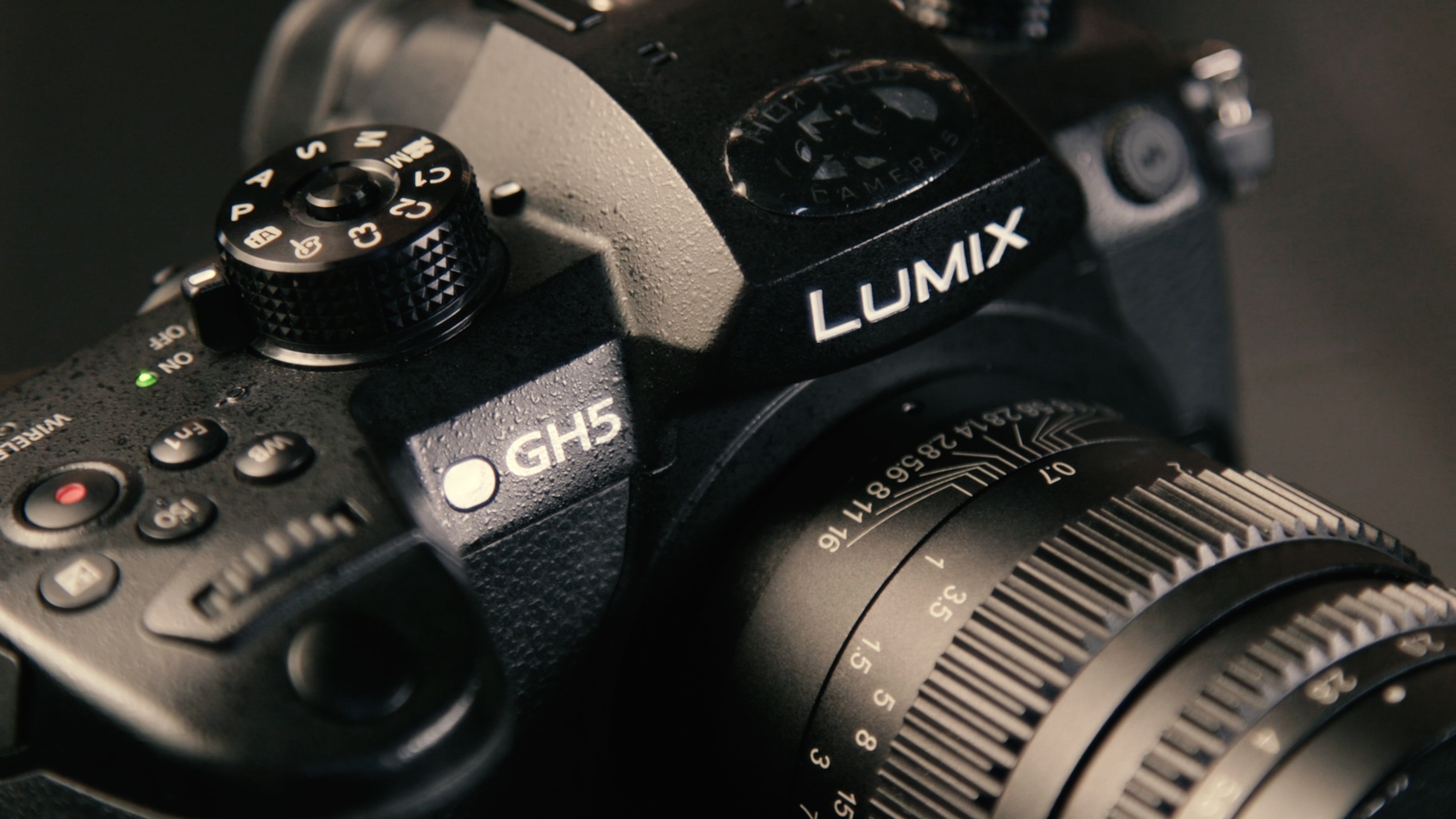
Image 1: Customization on the Mode Dial of a Panasonic LUMIX GH5
A custom shooting mode lets you store a number of settings into a single selection to get to that point very quickly. This is enormously useful if you tend to shoot the same settings for a particular subject type.
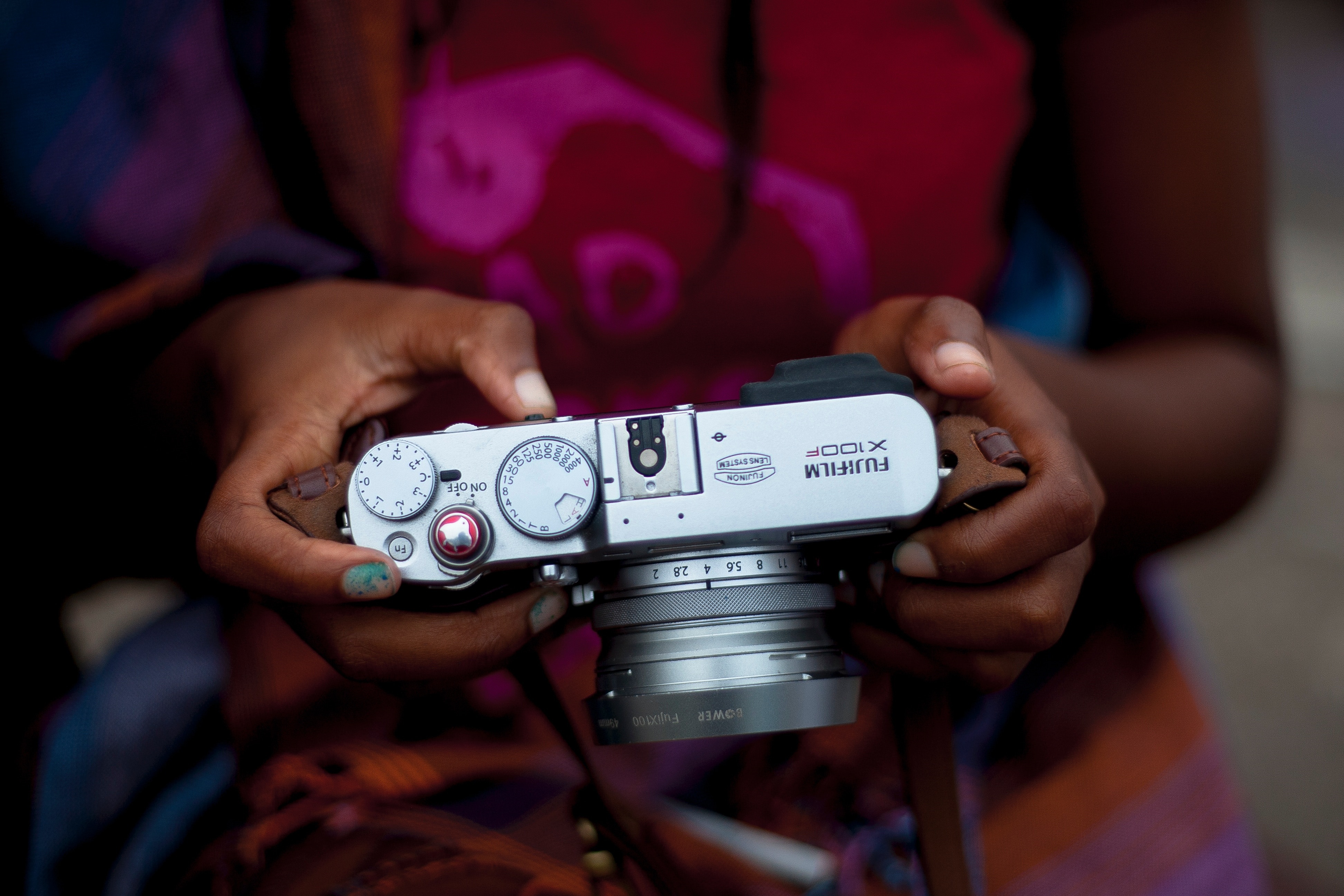
Image 2: Customization on the LCD of a FUJIFILM X100F
What Kinds of Settings Can Be Stored?
What’s very cool here is that most any setting that you can make can be stored as part of a custom shooting mode. Each camera maker takes a different approach, yet in the long run, the deliverables are very similar. Here are some of the things that you might have in a custom shooting mode:
- Camera Operations Mode (PASM)
- Autofocus Mode
- Autofocus Point Selection
- Shutter Speed
- Aperture
- ISO Value
- Exposure Compensation Value
- Highlight Priority
- Flash Exposure Compensation
- Picture Styles (for JPEGs)
- White Balance (for JPEGs)
- Most anything else that there is a setting for
Think about all the different settings that you might make for a particular type of subject and imagine that you could invoke all of them with a single selection. Do you see the power of custom modes?
A Recent Example
I headed down to the Niagara Falls Air Reserve Station for a recent air show event. I knew that when making ground to air images, I would have to be able to use different settings for different types of aircraft. For the jets, I wanted a really fast shutter speed, but for the propeller driven aircraft, my intent was to try to pan with the aircraft and use slower speeds to have the propeller blur into a circle. Switching back and forth manually as I had done before, meant that sometimes I would forget something and miss the shots. This time I planned ahead and built two custom modes. I used C3 for jets and C2 for propeller driven planes.
Here are the settings I built into each one:
C2 – Propeller Driven Aircraft
- Mode – Manual
- Shutter Speed – 1/60
- Aperture – Wide Open
- ISO – Auto
- Exposure Compensation – +1 EV
- Autofocus – Continuous (AI Servo)
- Autofocus Points – 1 Centred
- Back Button – Focus On
- Drive – High
- Release Priority – Focus
C3 – Jets
- Mode – Manual
- Shutter Speed – 1/1250 second
- Aperture – Wide Open
- ISO – Auto
- Exposure Compensation – +1 EV
- Autofocus – Continuous (AI Servo)
- Autofocus Points – Group of 9 Centred
- Back Button – Focus On
- Drive – High
- Release Priority – Focus
Could I have made the changes with each aircraft change? Sure, but I could also have missed something, or made an error. Switching was as simple as tapping the mode button on the camera and turning the front wheel a single click.
Give It A Try
I had never bothered with custom shooting modes up until now. I was either confident that I could make all the changes quickly and without messing up or was not making a lot of changes as I was shooting.
Usefulness
Different folks may see different use cases, which is as it should be. In my case, I found that the more specific the subject matter, the more useful the custom shooting mode was. Aircraft in flight is one example. Wild birds is another because I have to deal with often crappy light, long lenses and small subjects. I could see building a custom mode for a particular lens in a particular use case. My cameras all offer me three options, and while I have used none for years, now I want more than three, the ability to give them custom names, as well as the ability to share custom modes easily between cameras. A little learning could prove dangerous!
I know that some people feel that custom modes are like scene modes or presets. To some extent this is true because those things do make exposure settings, based on a set of parameters. I only shoot in RAW, so settings such as white balance and picture style are irrelevant to me as they only impact JPEGs. For those who prefer JPEGs, you could also influence how the camera processes your images as part of a custom shooting mode.
Conclusions
Does your camera support custom shooting modes? If it does, have you ever tried using them? If not, this might be a good time to give them a shot. I would suggest that you give them a try in a non-critical photography scenario first, to see if they work for you and if you like using them. Now they are one more arrow in the quiver to help me focus on better images. They could be the same thing for you.
If you have questions about this or any other subject, please leave a comment below.
Until next time, peace.
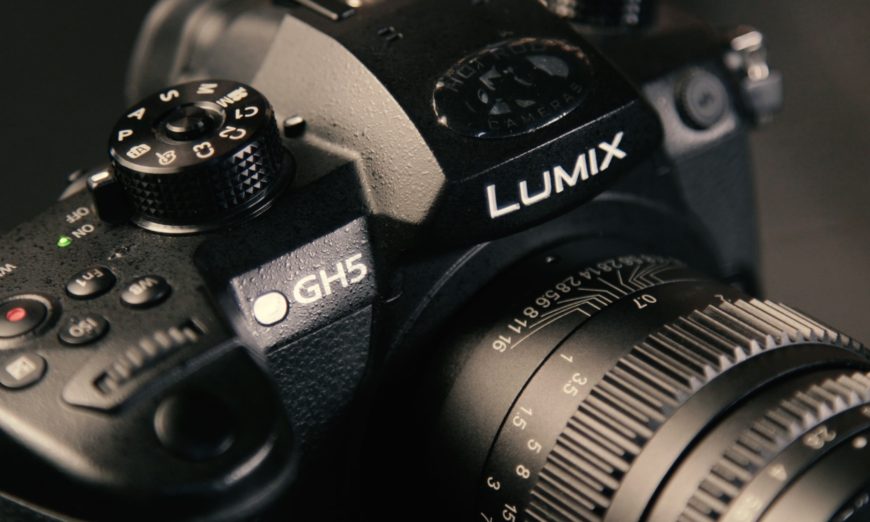
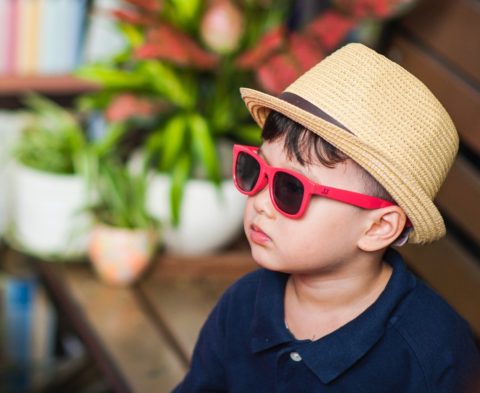
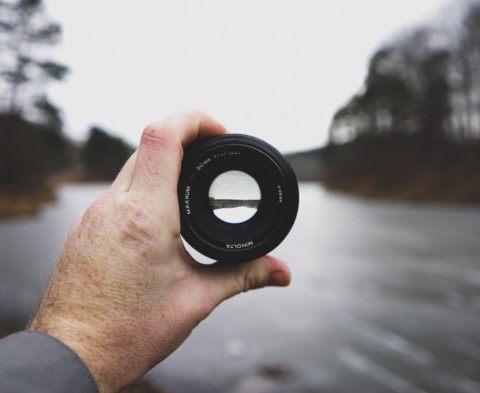
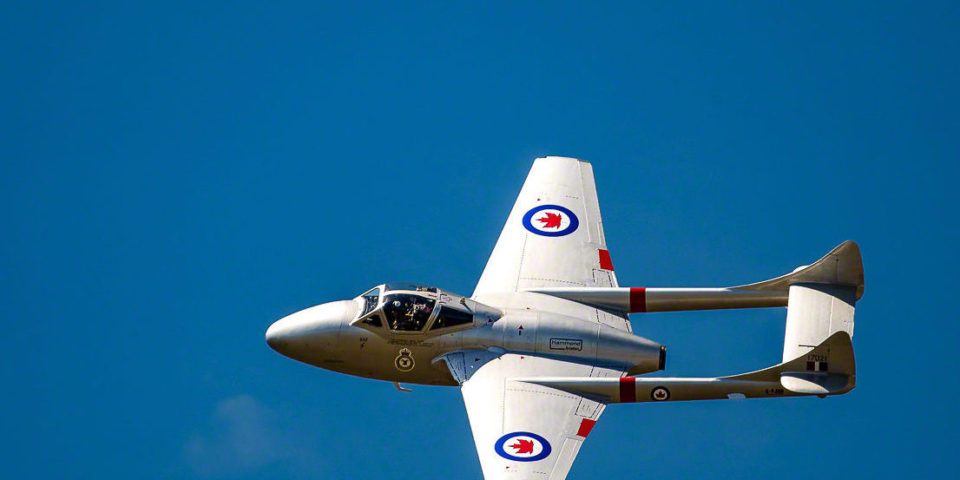
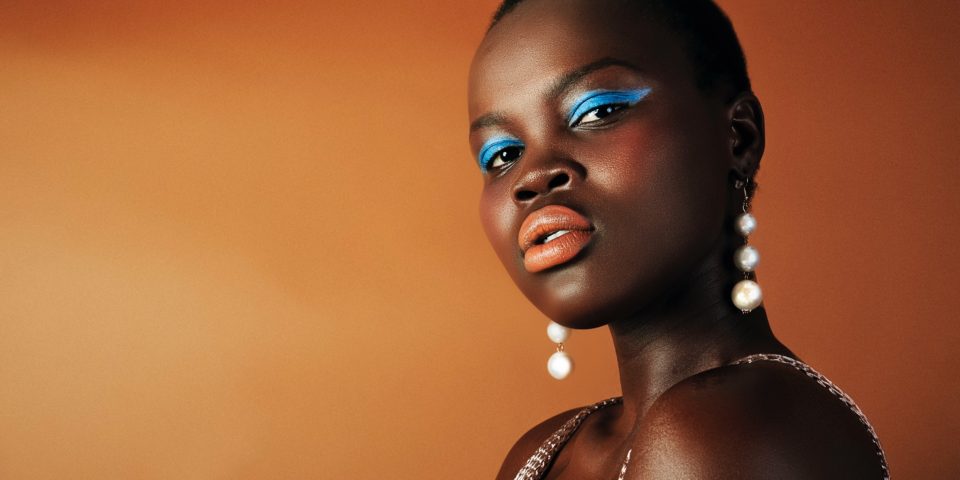
COMMENTS (2)
Pingback: Quick Tips for Bird Photography | Henry's Blog
Pingback: Make a Photography Camp at Home for Your Kids this Summer | Photography and video news, reviews and tips | Henry's Camera